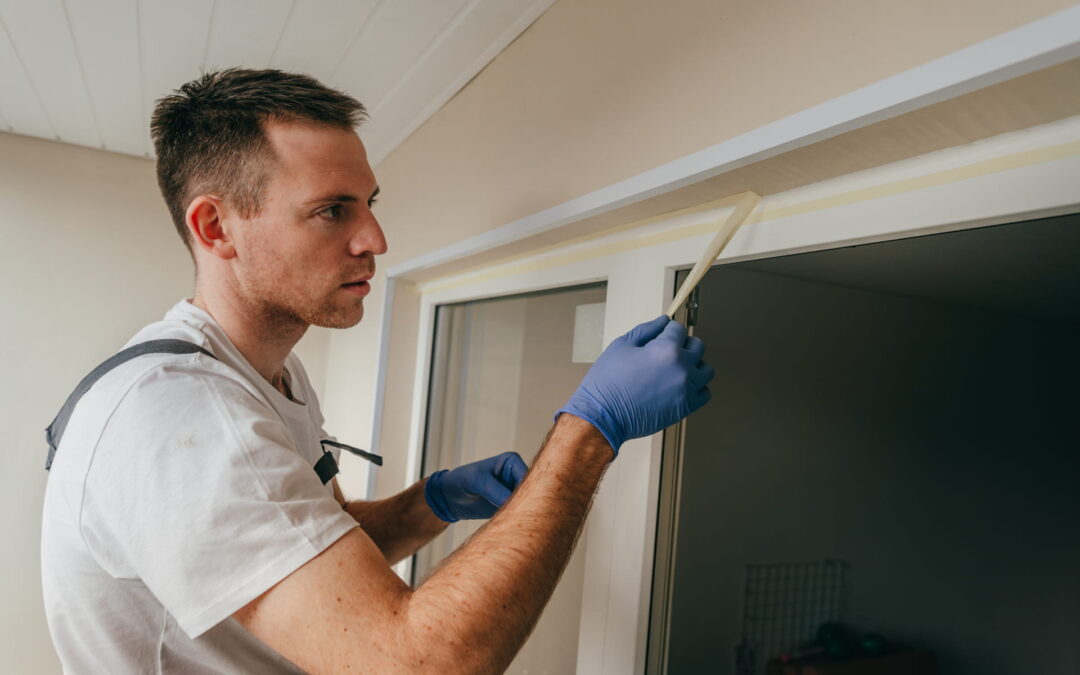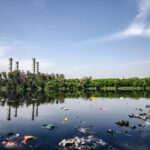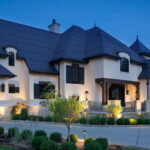Painting projects often seem simple at first glance, but estimating how long one will take involves much more than measuring walls. Professional painters consider a range of technical, environmental, and structural factors before committing to a timeline. The process professional painters use includes assessing surface conditions, determining drying schedules, and selecting the appropriate products for each situation. According to Ponderosa Painting, “Timeframes aren’t built from guesswork—they come from experience, inspection, and knowing what challenges can delay or speed up each step.”
1. Room Size and Configuration Complexity
A room’s basic dimensions are just one element in estimating a timeline. The actual shape and design of the space affect how easily painters can maneuver, set up, and maintain an efficient workflow. Rooms with architectural complexity often demand additional planning.
-
Cathedral ceilings or multiple height variations increase setup and ladder adjustments
-
Decorative elements like trim, molding, or archways require slower, more precise application
-
Spaces broken into alcoves or transitions take longer to tape, prep, and finish
Research from the U.S. Department of Energy notes that more enclosed or segmented rooms can also increase dry time due to limited airflow.
2. Wall Condition and Surface Durability
Surface readiness plays a major role in scheduling. Fresh paint only adheres correctly to stable, well-prepped walls. Damage, previous improper coatings, or moisture issues introduce extra steps before painting can begin.
-
Cracks, peeling layers, or flaking textures must be smoothed, filled, and sealed
-
Smoke staining, grease buildup, or water intrusion often calls for specialty primers
-
Weak drywall joints or bubbling from older coats need scraping and rework
Ponderosa Painting routinely performs a full wall inspection to catch hidden issues. EPA guidelines also emphasize that untreated mold or moisture beneath paint layers can compromise air quality and cause coating failure.
3. Drying Time Between Paint Layers
Each coat of paint needs proper drying and curing time—not just to look right but to perform long term. Room temperature, humidity levels, and paint formulation all contribute to this part of the estimate.
-
Most latex-based paints dry to the touch in under two hours but require 4–6 hours before recoating
-
Oil-based paints usually need 10–12 hours between applications for dependable adhesion
-
Poor ventilation, high humidity, or cool environments stretch drying cycles considerably
Sherwin-Williams recommends spacing coats out further in damp or enclosed areas. Ponderosa Painting often installs temporary ventilation or uses low-humidity strategies to manage curing times more efficiently.
4. Number of Coats Required for Full Coverage
A single coat is rarely enough unless covering a similar tone with premium paint. Color transitions, surface texture, and finish types all influence how many layers a job truly needs. Each additional coat means more drying time and setup.
-
Repainting from dark to light often takes a tinted primer plus two top coats
-
Porous surfaces like fresh drywall or stucco demand extra coverage due to absorption
-
Switching finishes—from glossy to matte, for instance—requires scuffing and extra application time
According to the Paint Quality Institute, rich tones and low-opacity shades like reds, purples, and blues frequently require three layers to achieve consistent color and sheen.
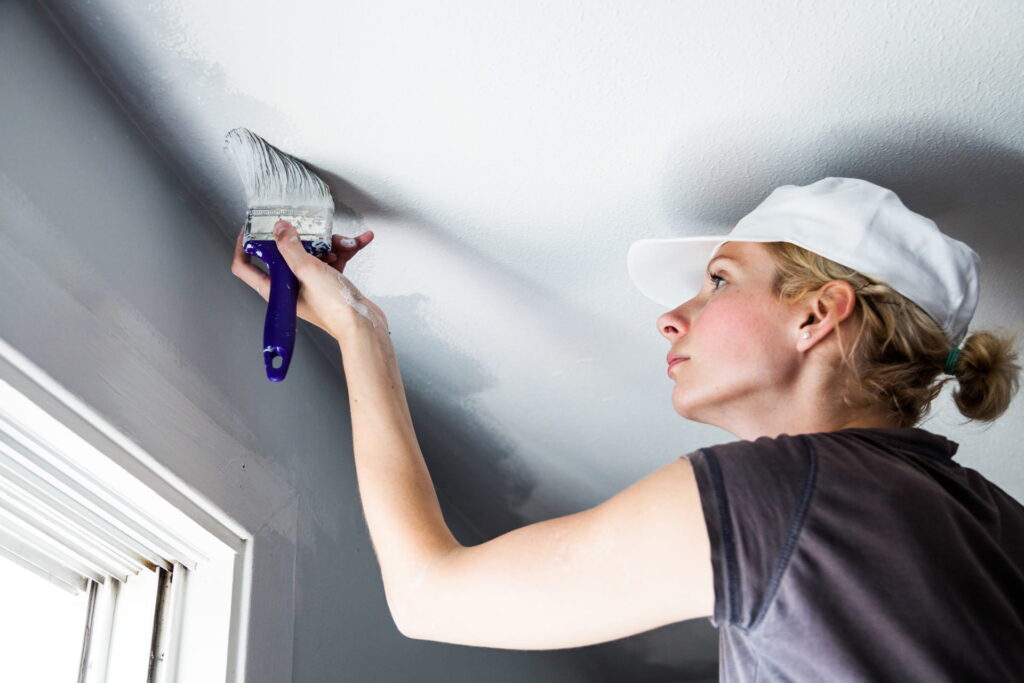
5. Paint Type and Product Performance
Not all paints perform the same under real-world conditions. Quick-drying options may save time but demand greater precision, while durable coatings often extend the timeline due to thickness or cure time. Ponderosa Painting selects products based on performance in context—not just marketing claims.
-
Fast-drying acrylics help reduce schedule length but may dry unevenly if rushed
-
High-sheen or enamel paints take longer to cure and need extra prep for a clean finish
-
Paints formulated for humid environments cure slowly and may require special primers
Consumer Reports confirms that real-world performance depends heavily on surface condition, not just label claims. Choosing the right product upfront prevents wasted time later.
6. Room Access and Onsite Setup Conditions
Time estimates must also account for how easy or difficult it is to prepare and access the work area. Tight rooms, heavy furnishings, or complex environments add delays before painting can even begin.
-
Large items or permanent fixtures that can’t be moved require protective covering and slow navigation
-
Stairwells, high foyers, or lofts often demand ladders, planks, or scaffolding setups
-
Poor lighting, tight doorways, or low airflow create small but cumulative slowdowns
Ponderosa Painting recommends that clients clear small furniture and valuables before crews arrive to streamline the initial setup and protect belongings more effectively.
7. Exterior Weather and Environmental Conditions
Outdoor painting brings a separate set of challenges that can delay even well-planned projects. Weather directly influences drying times, application quality, and scheduling flexibility. Even brief environmental shifts can result in additional prep or rework.
-
Ideal exterior conditions fall between 60°F and 80°F with steady, low humidity
-
Wind increases the risk of debris in wet paint and makes spraying less predictable
-
Rain or overnight moisture can undo fresh coats if surfaces haven’t cured completely
NOAA data shows that transitional seasons, like early spring and late fall, come with the most day-to-day variability. Ponderosa Painting closely monitors forecasts and moisture readings before proceeding with exterior jobs.
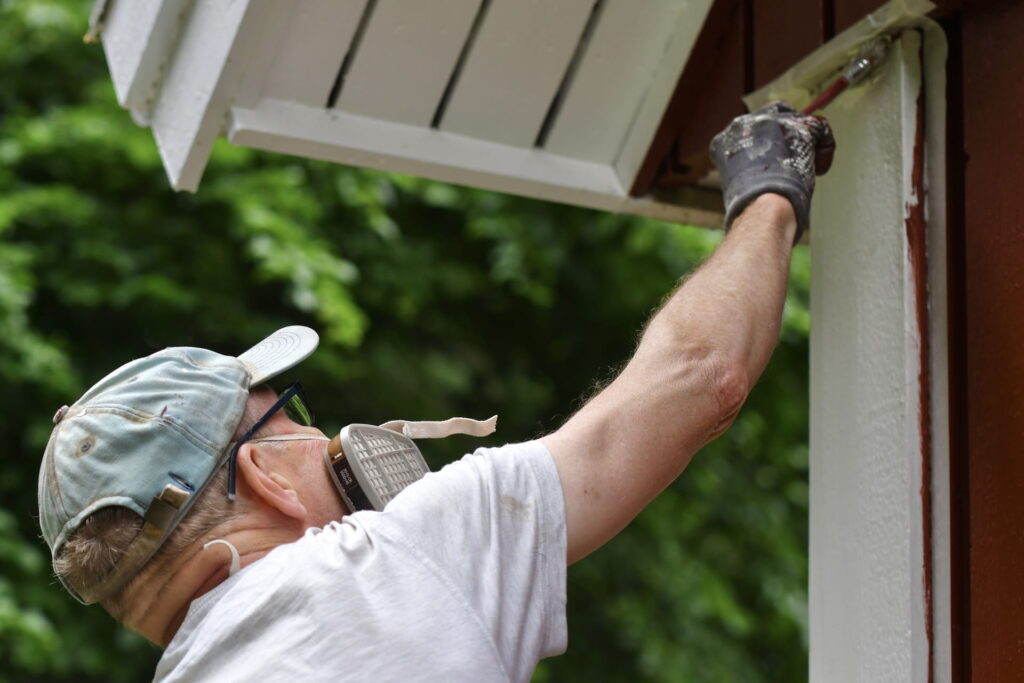
Key Takeaways for 7 Key Details Painters Assess When Estimating Project Timeframes
Project timelines rely on more than just how many walls need paint. Professional painters, including the team at Ponderosa Painting, evaluate wall condition, room access, drying environment, and coating type to build realistic schedules. Each of these factors plays a part in ensuring both quality and efficiency from start to finish. Understanding these elements helps property owners set accurate expectations and reduce last-minute surprises.
Key Takeaways for Understanding Painter Time Estimates
-
Structural features and room layout directly affect time spent on setup and application
-
Damaged or stained walls increase prep time and often require specialty materials
-
Proper drying and curing intervals prevent bubbling, cracking, or streaking
-
Multiple coats are often necessary for drastic color changes or finish shifts
-
Weather delays are unavoidable for exterior work and require careful forecasting
Frequently Asked Questions
Can painters work faster by using fast-dry paint?
Sometimes. Fast-dry products reduce wait time, but they demand precise technique and often show brush marks more easily if rushed.
What’s the biggest time factor in most paint jobs?
Prep and repair work typically take longer than painting itself, especially when surface problems are discovered mid-project.
Does wall texture change how long a job takes?
Yes. Textured walls need different tools, more product, and careful application, all of which add time.
Is it okay to paint outside during cooler months?
Only if temperatures stay above the paint manufacturer’s recommended minimum and humidity is low enough for proper curing.
Should clients move furniture before painters arrive?
It’s recommended. Clearing the space speeds up setup and minimizes the risk of damage or delays during the project.

